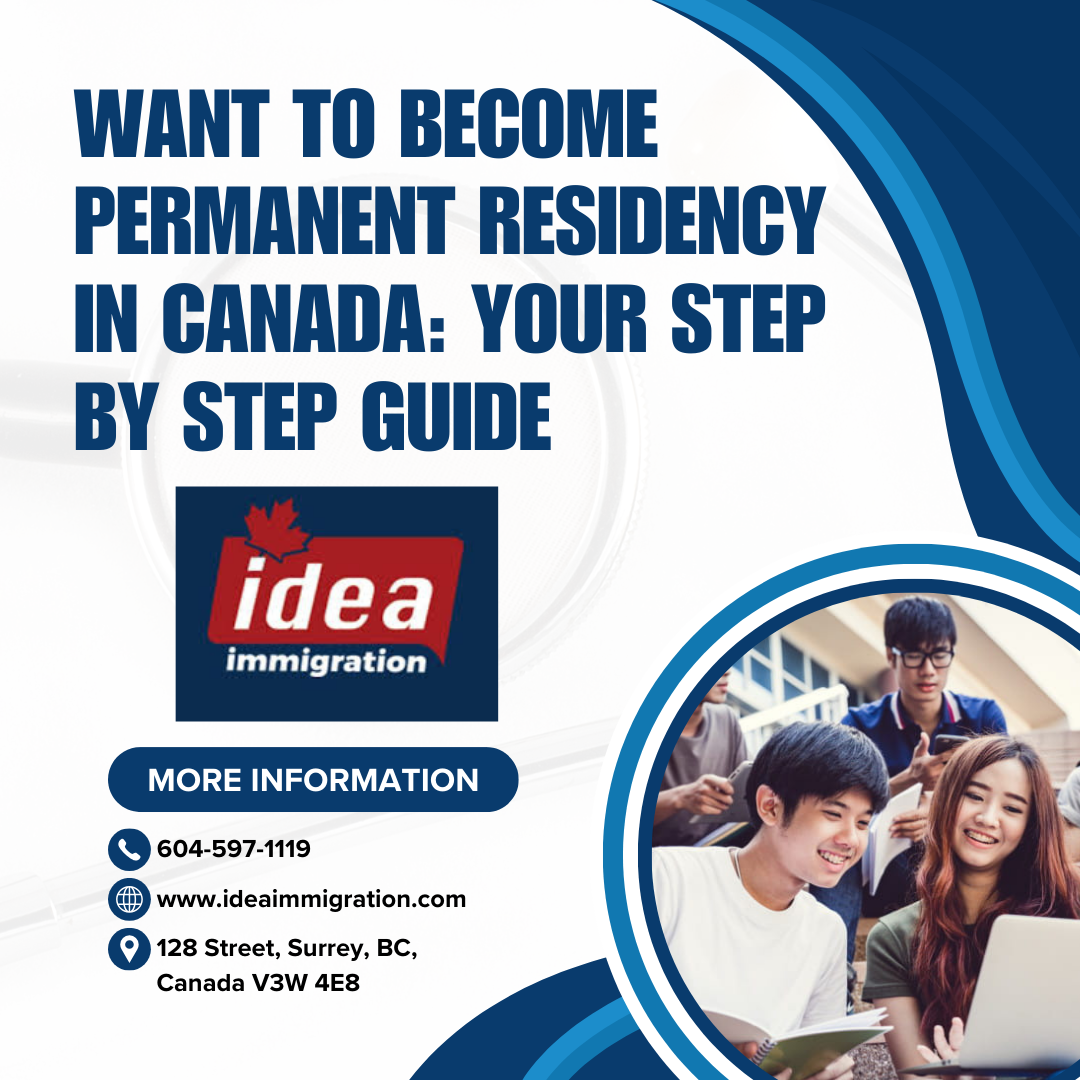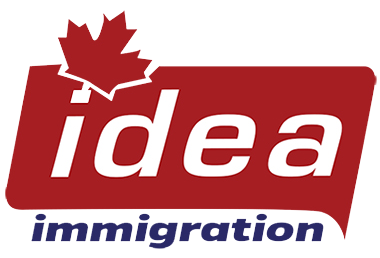Permanent Residency in Canada: Your Step-by-Step Guide
- March 14, 2024
- Posted by: ideamaster
- Category: news

Become a Permanent Resident In Canada
Canada has become one of the most famous destinations for immigrants to stay and work. Given Canada’s sturdy economic system and task possibilities, many newcomers persons aspire to start their new lives there. Moreover, several Canadian immigration programs make settling in Canada less complicated for people with specific abilities, education, and work. Obtaining a Permanent Residency (PR) in Canada opens doors to several possibilities for individuals seeking to stay and paint permanently. With its high standard of living, super healthcare devices, and numerous cultural landscapes, Canada remains a top destination for immigrants globally.
Eligibility Criteria for Permanent Residency
Canada has many immigration policies for people who want to become Canadians permanently. Canada has a variety of public outreach pathways, including the family sponsorship program, the Express Entry program, and the Provincial Nominee Program (PNP). Eligibility criteria can vary depending on the program, but general requirements include elements of education, work experience, language skills, and flexibility. The first step is to see if you qualify under any immigration program. Once you have determined your eligibility, you must collect your documents and submit your application.
Family sponsorship Program
Family sponsorship allows Canadian residents and permanent citizens to sponsor their eligible circle of relatives participants for immigration to Canada. This application permits households to reunite and stay collectively in Canada, fostering sturdy bonds and help networks. The sponsor must meet specific eligibility standards and conform to financially aid the subsidized member of the family(s) for a particular duration after they arrive in Canada. Following are the family members/relatives who can be sponsored under the Family Sponsorship Canada program:
Spouse, common-law partner, or conjugal partner.
Parents or grandparents
Dependent child
Orphaned, unmarried, and under 18 years of age brother, sister, nephew, niece, or grandchild
Intended to adopt children under 18 years of age, and
One relative, if the sponsor has no relative listed above and no other relative.
Express Entry System: Step-by-Step Guide
The Express Entry system is a point-based immigration system used to manage applications for three federal economic immigration programs: the Federal Skilled Worker Program, the Federal Skilled Trades Program, and the Canadian Experience Class. Here’s a step-by-step guide to the Express Entry process:
Creating an Express Entry profile: Candidates create an online profile detailing their education, work experience, language proficiency, and other relevant information.
Comprehensive Ranking System (CRS) score: Applicants are assigned a CRS score based on factors such as age, education, work experience, language proficiency, and adaptability.
Invitations to Apply (ITA) and submitting documents: Candidates with high CRS scores are issued Invitations to Apply (ITA) for permanent residency. Upon receiving an ITA, applicants have 60 days to submit their supporting documents and complete their PR application.
Provincial Nominee Program (PNP): Step by Step Guide
The Provincial Nominee Program (PNP) allows provinces and territories to nominate individuals who wish to immigrate to Canada and settle in a specific province or territory. Here’s a step-by-step guide to the PNP process:
Eligibility requirements for PNP: Each province and territory has its own set of eligibility requirements for their respective PNP streams. Candidates must meet these criteria to be eligible for nomination.
Applying to a specific province: Applicants interested in a particular province or territory must apply directly to the provincial government and express their interest in the PNP stream.
Nomination and permanent residency application: If nominated by a province or territory, candidates can then apply for permanent residency through the federal government. Nominees receive additional points under the Express Entry system, increasing their chances of receiving an ITA.
Document Checklist and Application Process
Regardless of the immigration pathway chosen, applicants must provide a comprehensive list of documents to support their PR application. Commonly required documents include proof of identity, educational credentials, language test results, proof of funds, and police clearance certificates. Once all documents are gathered, applicants can submit their PR application through the online portal and pay the required fees.
Processing Time and Timeline
The processing time for PR applications can vary depending on several factors, including the immigration program, the volume of applications received, and the completeness of the applicant’s file. While some applications may be processed within a few months, others may take longer. Applicants can track the status of their application online and receive updates throughout the process.
Benefits of Canadian Permanent Residency
Obtaining PR in Canada comes with numerous benefits, including access to social benefits such as healthcare coverage, education for children, and the ability to work and study anywhere in the country. PR holders can also apply for Canadian citizenship after meeting residency requirements, providing a pathway to full Canadian citizenship and a passport.
Challenges and Solutions
While the prospect of obtaining PR in Canada is exciting, applicants may encounter challenges along the way. Common challenges include meeting language proficiency requirements and adapting to a new cultural and social environment. However, with proper preparation, language training, and support from settlement agencies, these challenges can be overcome, leading to a successful integration into Canadian society.
Conclusion
In conclusion, obtaining a Permanent Residency in Canada is a significant milestone for individuals seeking to build a new life in a vibrant and diverse country. Whether through the Express Entry system or the Provincial Nominee Program, the path to PR involves careful planning, diligent preparation, and perseverance. By following the step-by-step guide outlined in this article and leveraging the numerous resources available, prospective immigrants can navigate the PR process with confidence and embark on a new chapter in Canada.
FAQs
How long does it take to obtain Permanent Residency in Canada?
The processing time for PR applications varies depending on factors such as the immigration program and the completeness of the applicant’s file. While some applications may be processed within a few months, others may take longer.
Can I apply for Canadian citizenship after obtaining a Permanent Residency?
Yes, PR holders can apply for Canadian citizenship after meeting residency requirements, which typically involve living in Canada for a certain period.
Do I need to have a job offer to apply for Permanent Residency?
While having a job offer can increase your chances of obtaining PR, it is not always necessary. The Express Entry system and some PNP streams prioritize candidates based on factors such as education, work experience, and language proficiency.
Can I include my family members in my PR application?
Yes, PR applicants can include their spouse or common-law partner, as well as dependent children, in their application for permanent residency.
What are the benefits of Canadian Permanent Residency?
PR holders enjoy numerous benefits, including access to social benefits such as healthcare coverage, education for children, and the ability to work and study anywhere in Canada.
